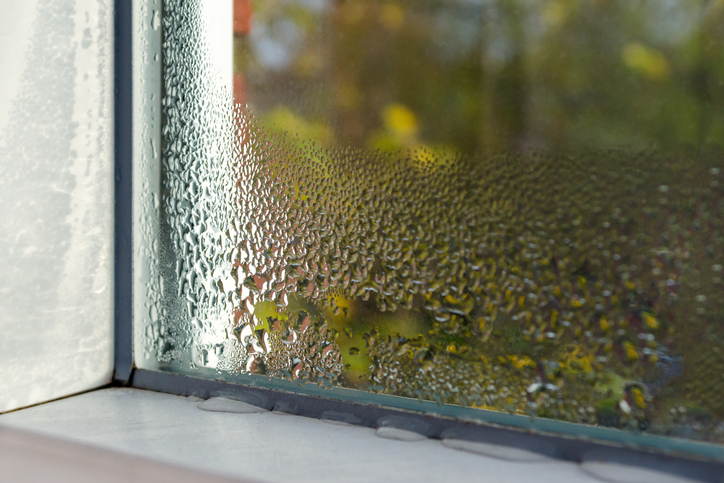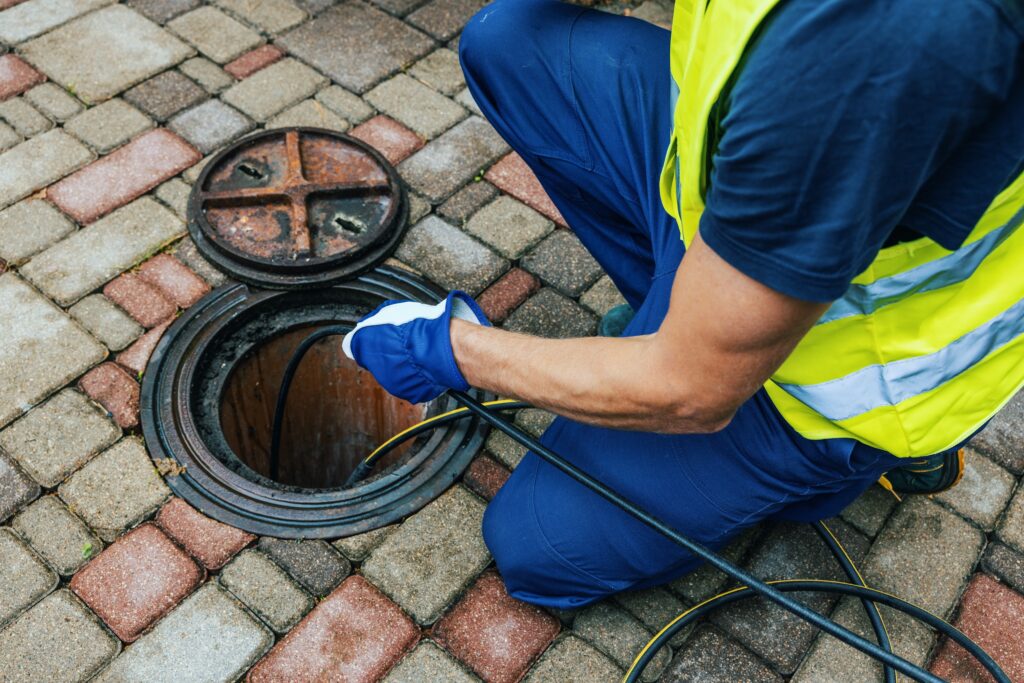
The temperature in your home can affect your and your family’s comfort level tremendously, especially if you live in states with hot, humid summers like Maryland.
However, living in such climates could have other consequences for your home and family, as humidity contributes to mold growth. Fortunately, your AC can prevent mold growth while keeping you cool.
How Temperatures & Humidity Contribute to Mold Growth
Mold needs certain conditions to grow, and unfortunately for those in hot and humid places, like Maryland in the summer, the heat plus the humidity create an ideal environment for mold and dust mites thrive.
While the various types of mold have different minimum, optimum, and maximum temperature ranges for growth, the North Carolina Department of Health and Human Services indicates that many kinds of mold will grow well when conditions are between 60 and 80 degrees Fahrenheit — the same temperature range we’re often comfortable in.
Combine these temperatures with excessive moisture and you could have a mold problem in your home.
Health Problems Associated With Mold
While some people may not experience any reaction to mold, others can be highly sensitive. The Centers for Disease Control and Prevention state that mold exposure can lead to:
- Itchy or irritated eyes
- Wheezing
- Coughing
- Skin irritation
- Stuffy nose
- Sore throat for people with a mold allergy.
Those who are immunocompromised or who have a chronic lung illness may develop a serious lung infection from mold. Mold can also trigger asthma symptoms.
How Your Air Conditioner Can Prevent Mold Growth
Your AC can control the temperature and humidity in your home, which can prevent mold growth. During the hot, humid summers, set your air conditioner between 68 and 72 degrees Fahrenheit. The relative humidity in your house should not exceed 50%.
While most modern air conditioners dehumidify as they cool, they don’t independently control both temperature and humidity, so you may want to purchase a stand-alone dehumidifier for when conditions are especially humid.
Other tips for using your AC to prevent mold include setting your AC’s fan mode to auto, as setting it to “on” can cause moisture produced during the cooling process to be blown back into your home. If possible, you’ll want to disable this feature completely to maximize dehumidification, which can be done by a skilled HVAC professional. The cooling technician can set it up so the blower and compressor turn off at the same time.
Additionally, when you purchase an AC, you should ensure it has enhanced moisture removal. These units have a SEER of 14 or more. Make sure you buy one that’s the size you need.
One that’s too big will fail to effectively remove humidity because it doesn’t reach its full capacity in the first three minutes of operation. When the system is oversized, it has a shorter on-cycle and, therefore, a shorter amount of time when moisture is removed.
Why Yearly Maintenance & AC Tune-Ups Are Necessary
Neglecting to regularly maintain your air conditioner can prevent it from working effectively, which can lead to mold growth. For instance, the system can become clogged if air filters aren’t changed regularly, causing airflow to be obstructed. Filters should be cleaned or replaced at least once a month during the summer.
You’ll want to call an HVAC technician once a year. An AC service tech like the ones at Larry & Sons can handle more complex maintenance, such as cleaning coils and checking that the condensation drains properly and the drain pans are free of mold.
Simple precautions like these can prevent the cost of mold removal, as well as major repairs to your air conditioner.
Call Larry & Sons when you need expert air conditioning service, repairs, installations, or more.







